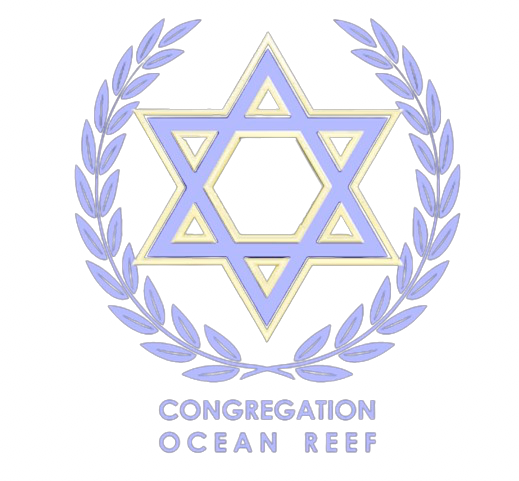


Family Milestones
Celebration
of Birth
Covenant of Peace
Generally, a birth celebration is held about a month after the baby is born, in order to give the infant and parents time to adjust to their new life together. The celebration may be held in the home, congregational meeting space, or other public place. It is not necessary that a rabbi or ceremonial leader officiate.
Naming a child in English, Hebrew, and/or Yiddish can provide an important link to the child’s ancestral heritage and to the community. In the welcoming portion of the ceremony, grandparents, parents, siblings, other relatives, and the Jewish community publicly acknowledge the event, symbolizing their commitment to the child’s welfare. Participation in the ceremony gives family members deserved recognition and honor.
Brit Shalom
Son and Daughter of the Commandment
A Bar and Bat Mitzvah is a ceremonial recognition at the age of 13, that a young person had reached the age when he or she was no longer a minor according to Jewish law and thereby took on new religious privileges and responsibilities of an adult.
Bar/Bat Mitzvah
S'udat Mitzvah
Mazal Tov!
Following adolescence, marriage is the next big step in your life. The decision to leave one’s parental home and to share one’s life with another, in love and respect, is seen to be critical to the ongoing success and continuity of the Jewish people. To enter this state, Judaism provides a series of rituals and ceremonies.
The wedding must not take place on a Sabbath or major festival, but is allowed on all other regular days of the week. There are a number of weeks in the year which have a sad aura about them due to incidents in Jewish history, and during these weeks no marriages may be conducted. The wedding day itself takes on a special character for the chatan and kallah, who treat the day with added solemnity and fast from rising in the morning until the ceremony is completed. There are a few exceptions to this if the wedding day is a minor festival.
Marriage/
Anniversary
Kiddushin
Death and Mourning
In Judaism the deceased is buried as soon as possible. At the funeral, each member of the immediate family makes a short tear in one of their garments to symbolize the way the death has torn, or broken their heart.
During the funeral, Kaddish is recited for the first time. Mourners say this prayer, a praise of God, for the next eleven months. After the funeral, the mourners return home and share a meal of condolence together. A gravestone or matzevah is normally erected during the first year of mourning.
Jewish tradition divides mourning into three successive periods:
Shiva (7): The first period is the seven-day Shiva period, when the mourners abstain from all work and sit together at home receiving visitors who provide company and consolation.
Sheloshim (30): Following shiva, up until the end of thirty days counting from the burial, the mourners may return to work, but they abstain from most forms of entertainment.
Yud-Bet Chodesh (12 months): From the end of sheloshim until a year of mourning has passed, the close relatives avoid joyous activities.
Judaism emphasizes the need to remember and respect the memory of our departed relatives and provides two important ways to do this. We light a candle on the anniversary of their death each year, called the Yahrzeit. We also say a prayer called Yizkor in the synagogue four times a year on major festivals.
